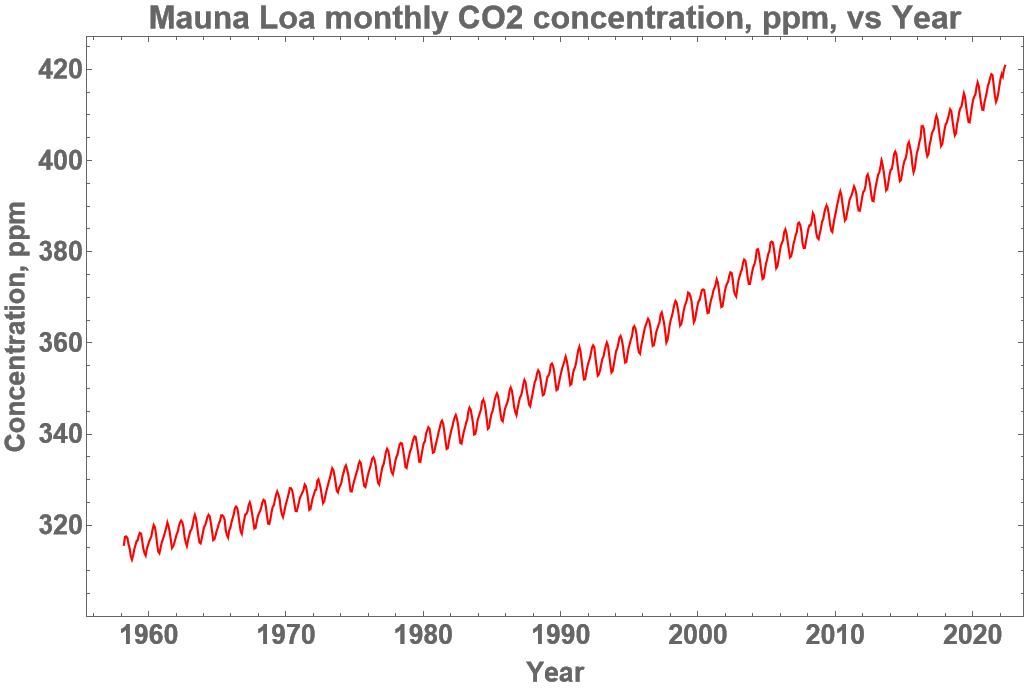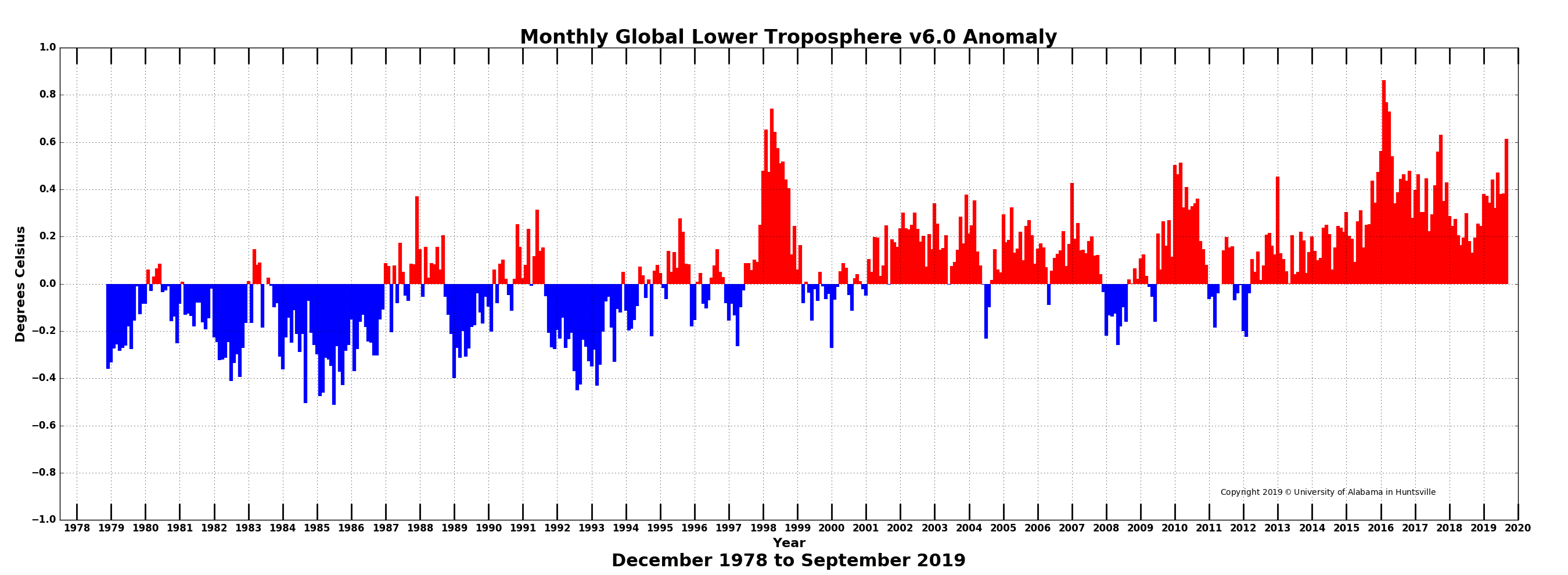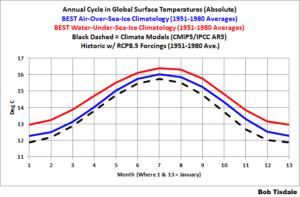by L. Eastman, Jan 5, 2025 in WUWT
Whenever I write about climate change, I often note that volcanoes can have significant impacts on the global climate.
A new example has been recently revealed, as a ‘mystery volcano’ that erupted in 1831 and significantly cooled Earth’s climate has finally been identified as Zavaritskii on Simushir Island, part of the Kuril Islands archipelago between Russia and Japan.
This eruption was one of the most powerful of the 19th century, releasing an enormous amount of sulfur dioxide into the stratosphere. The Earth-caused emissions resulted in a decrease of approximately one degree Celsius (1.8 degrees Fahrenheit) in the annual average temperatures of the Northern Hemisphere.
The challenge in locating the volcano was due to its remote location.
While the year of this historic eruption was known, the volcano’s location was not. Researchers recently solved that puzzle by sampling ice cores in Greenland, peering back in time through the cores’ layers to examine sulfur isotopes, grains of ash and tiny volcanic glass shards deposited between 1831 and 1834.
Using geochemistry, radioactive dating and computer modeling to map particles’ trajectories, the scientists linked the 1831 eruption to an island volcano in the northwest Pacific Ocean, they reported Monday in the journal Proceedings of the National Academy of Sciences.
..Before the scientists’ findings, Zavaritskii’s last known eruption was in 800 BC.
“For many of Earth’s volcanoes, particularly those in remote areas, we have a very poor understanding of their eruptive history,” said lead study author Dr. William Hutchison, a principal research fellow in the School of Earth and Environmental Sciences at the University of St. Andrews in the United Kingdom.
“Zavaritskii is located on an extremely remote island between Japan and Russia. No one lives there and historical records are limited to a handful of diaries from ships that passed these islands every few years,” Hutchison told CNN in an email.
To find the volcano, researchers compared the chemistry of microscopic shards of ash extracted from ice cores drilled in Greenland with samples from the Zavaritskii caldera. They determined it was a perfect match.
…





